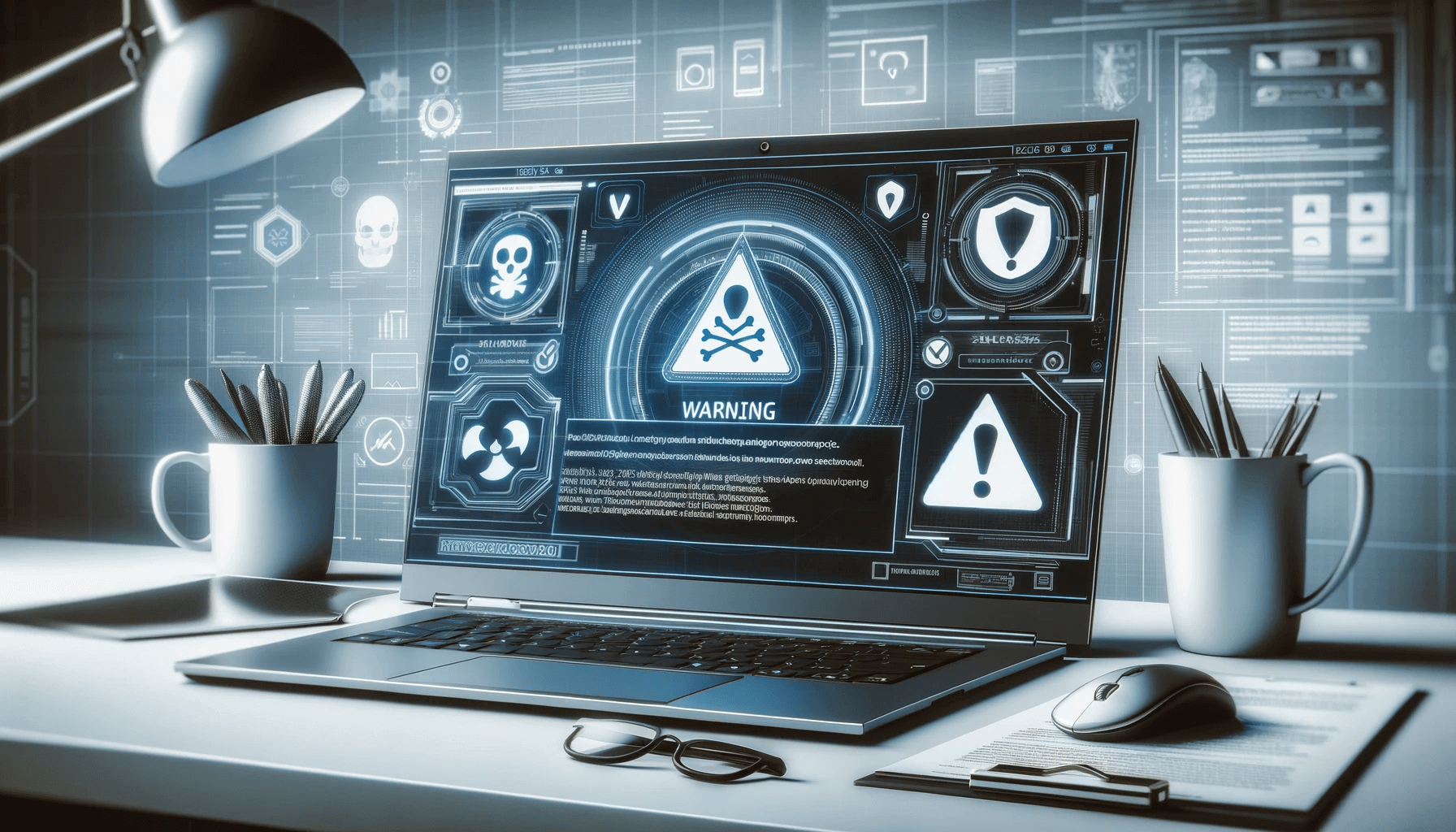We will look into the “mystery” behind CCSDK.exe, explain its purpose, assess its safety, and give you a better idea on whether or not you should keep it on your system.
What Is CCSDK (Customer Engagement Service)?
CCSDK.exe, or Customer Engagement Service, is a type of bloatware often found on Lenovo computers. While generally a harmless program, CCSDK.exe can sometimes cause errors on your PC or serve as a front for malware operating in the background.
Do I Need CCSDK.exe?
In short, you don’t need CCSDK.exe. In fact, it is even recommended that you remove it from your Windows PC.
CCSDK.exe is not an essential program for your Windows operating system and can actually be assigned a PUP (potentially unwanted program) status by the system. What’s more, certain viruses can disguise themselves as the CCSDK.exe file and run suspicious operations, such as connecting to the web or monitoring your use of applications.
How to Remove CCSDK.exe from Windows 10?
Getting rid of CCSDK.exe is not a particularly difficult task—you can easily do it via the Control Panel. Here’s how:
- Go to Start and select Control Panel.
- Under the Programs category, click Programs and Features or Uninstall a Program.
- Search for CCSDK or CCSDK Customer Engagement Service in the list of programs installed on your PC.
- Once you have located the needed files, click on them to uninstall the programs.
- Click Uninstall in the top section of the window and follow the prompts to complete the process.
Once you have downloaded and installed the software, run the program to scan your system and remove any files identified as dangerous from your PC. Once you have gotten rid of the malware files, it is recommended to restart your PC to complete the process.
After you have successfully removed CCSDK.exe from your Windows PC, it is advised that you perform a few extra operations to ensure your system runs smoothly.
First, you should run a full system scan to make sure there are no malware items remaining on your PC. You can do that via third-party software as described above or by using Windows’ dedicated antivirus, Windows Defender. To do that:
- Go to Start.
- In the search box, type “defender.”
- Double-click Windows Defender to run the program.
- In the left section of the window, click the shield icon.
- A new window will open; select the Advanced scan option.
- Here, click the Full scan option and run a complete malware scan of your system.
Another recommended action is running an SFC (System File Checker) scan. This will help you check if all of your system files are in order and conduct necessary repairs if needed.
Here’s how to run an SFC scan on your Windows PC:
- Go to Start.
- In the search box, type “cmd.”
- Right-click Command Prompt and choose Run as administrator.
- Enter the
sfc /scannowcommand. - Once the scanning process is complete, restart your PC.
To avoid future errors on your computer, make sure to update your Windows system. Regular Windows updates improve the overall stability of your system and ensure you have a generally better experience with your Windows operating system.
Here’s how to update your Windows:
- Go to Start.
- In the search box, type “update.”
- Select Windows Update.
- In the new window, check if there are any available updates.
- Install the updates and restart your PC.
This should do it—you will not be bothered by the CCSDK.exe file any longer.



